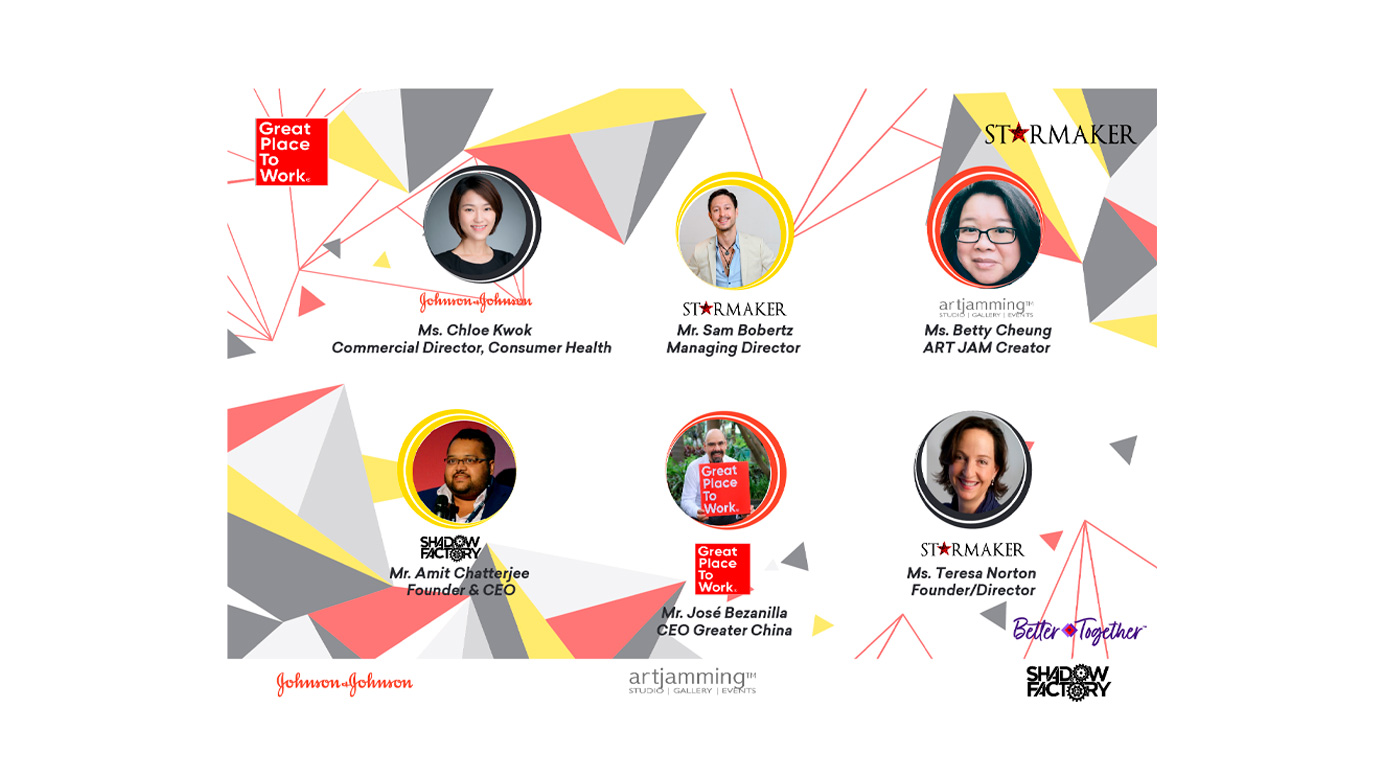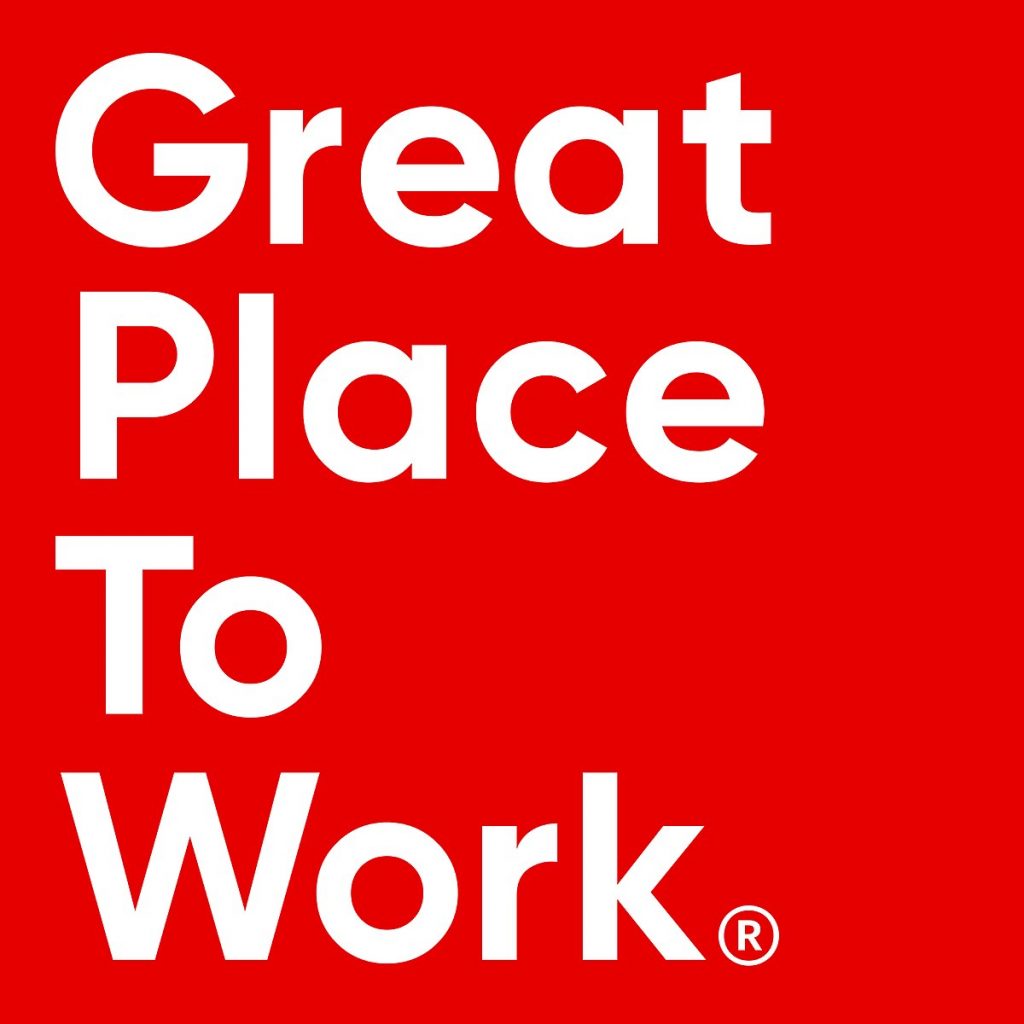By Claire Hastwell and Marcus Erb.
If your return-to-work survey is only asking employees about face shields and hand sanitizer stations, you’re not asking the questions that will help you steer your business through the uncertainty of returning to the office after quarantine.
Employees’ concerns run much deeper than protocols. What’s crucial right now is asking employees if they:
- Trust their leaders
- Feel safe
- Feel supported in coming back to work.
Those experiences will shift as quickly as the events in society, so asking thoughtful questions and listening carefully must be consistent practices during the pandemic.
Why ongoing listening is critical
Recently, I visited a brewery that had reopened their beer garden for socially distant imbibing.
A sign at the entrance read:
“? Please wear a mask while not seated at your table. Don’t have one? We’re selling them for $1.
Counter service is closed at this time – we will serve you at your table,
Let’s all do the right thing so we can continue to enjoy beer safely as we get through this!”
All servers were wearing their own personality-infused masks (including a cool Pac-Man one). Scanning the beer garden, every customer who wasn’t seated was wearing a mask.
Then something interesting happened…
A group of three arrived, all without masks. One person yanked up the collar of their shirt to cover their mouth as all three maskless customers waltzed in.
The server – we’ll call her “Neeka” – politely asked them, “Do y’all have masks?” They shrugged. Neeka told them that they couldn’t order without a mask.
Neeka appealed to her colleague behind the bar (call him “Dan”) who turned to Neeka and said, “Oh, it’s OK, just make sure you have a mask next time.”
The bad behavior quickly spread throughout the beer garden. More customers walked up to order with their masks in their hands rather than on their faces. Some haphazardly hung them on their ears as they approached the ordering window.
Poor Neeka. She had turned to Dan for support, but he contradicted her and put her in the uncomfortable position of being the “bad cop.” (And poor Dan. With stronger communication from management, he might have felt more comfortable enforcing the rules.)
If you communicate proactively with employees and ask thoughtful questions, you can avoid confusing and uncomfortable situations like this while ensuring a safe and successful reopening.
Four key areas to include on your employee survey
1. Social support and connections
Are people getting the support from their coworkers that they need? Do they feel isolated or still connected with their colleagues?
To illustrate why this is so important for a successful reopening, take the brewery example again.
As Neeka tells customers that they need to wear a mask, Dan behind the bar says, “Don’t worry about it.” The employee following the regulations is left feeling alone and unsupported.
When employees feel social connection and camaraderie with their colleagues, these scenarios are less likely.
In a high-trust workplace, Neeka’s co-worker would have stepped up by her side and said, “Hey, we’d really appreciate it if you’d kindly wear a mask.”
When your employee survey asks employees how they feel about their team, you can gauge whether they’re going to do things like uphold that mask rule.
Example survey questions to measure social support and connections:
- To what extent do you feel can you count on your team to cooperate?
- How much does your workplace feel like a “family?”
2. Resources and support, inside and out of work
Employees need to feel like they have the tools to go to work and be safe, whether that’s working from home or in an office, a retail store or a restaurant dining room.
Support also needs to extend beyond the workplace to employees’ personal and home lives, whether it is a parent worried about childcare or anxiety over exposing their elder relatives to COVID-19.
Example survey questions to measure resources and support:
- To what extent do you feel supported to care for your responsibilities at home?
- To what extent do you feel financially secure for the next several months?
- To what extent do you have the time and tools to care for your family?
3. Confidence and clarity
Do employees trust the intentions and ability of leaders, resulting in a positive/optimistic view of the future?
Claire was looking for places to get lunch recently and found a sandwich shop on Instagram. The shop had recently posted a picture saying “Temporarily Closed,” explaining that one of their staff members had contracted COVID. So, they were closing until every member had been tested and it felt safe to reopen.
A few days later, they posted this message:
“We are happy to report that ALL of our staff tested negative for COVID-19 and that our infected team member is well and healthy! ?
Our greatest appreciation to our awesome team for their understanding, flexibility, and willingness to come back to make sandwiches!
Thanks to them, we’re reopening this Thursday. We will continue following sanitation and social distancing guidelines, and appreciate your compliance in order for us to keep feeding you and our community.”
This message alludes to a strong feedback loop between leadership and frontline workers. It shows that there is clear communication and employees have confidence in leadership.
Evidently, employees feel leaders responded in a way where staff had each other’s backs. They can keep going forward because they know this little sandwich shop was willing to shut down for a week and lose a little bit of revenue, which is a tough thing right now, for their safety. This is great feedback.
Example survey questions to measure confidence and clarity in leadership:
- To what extent does management involve people in decisions that affect their jobs or work environment?
- To what extent do you feel safe speaking up?
4. Innovation and influence
Do people feel involved in changes, or do they feel that changes are just “happening to them?”
Employers need to measure if employees feel like their ideas are sought out and listened to. This is crucial for three reasons:
- You’ll get better ideas as a business on how to respond to these challenges
- Your employees will be faster to adapt to them
- Employees will fundamentally regain a sense of trust and care because they feel like they have control and are a part of the solution.
That’s going to make whatever you decide to do way more successful.
Example survey questions to measure confidence and clarity in leadership:
- To what extent do you feel like management regularly seeks your ideas?
- To what extent do you think management is competent in running the business?
Reopen, safely
When employees feel safe and supported in these four areas, they can make sure the business and its customers are too.
As you can see, this really isn’t as simple as, “Let me ask you about whether we need four or 40 hand sanitizer stations in the office.” Your organization’s COVID safety measures are only going to have a positive impact if people trust them.





